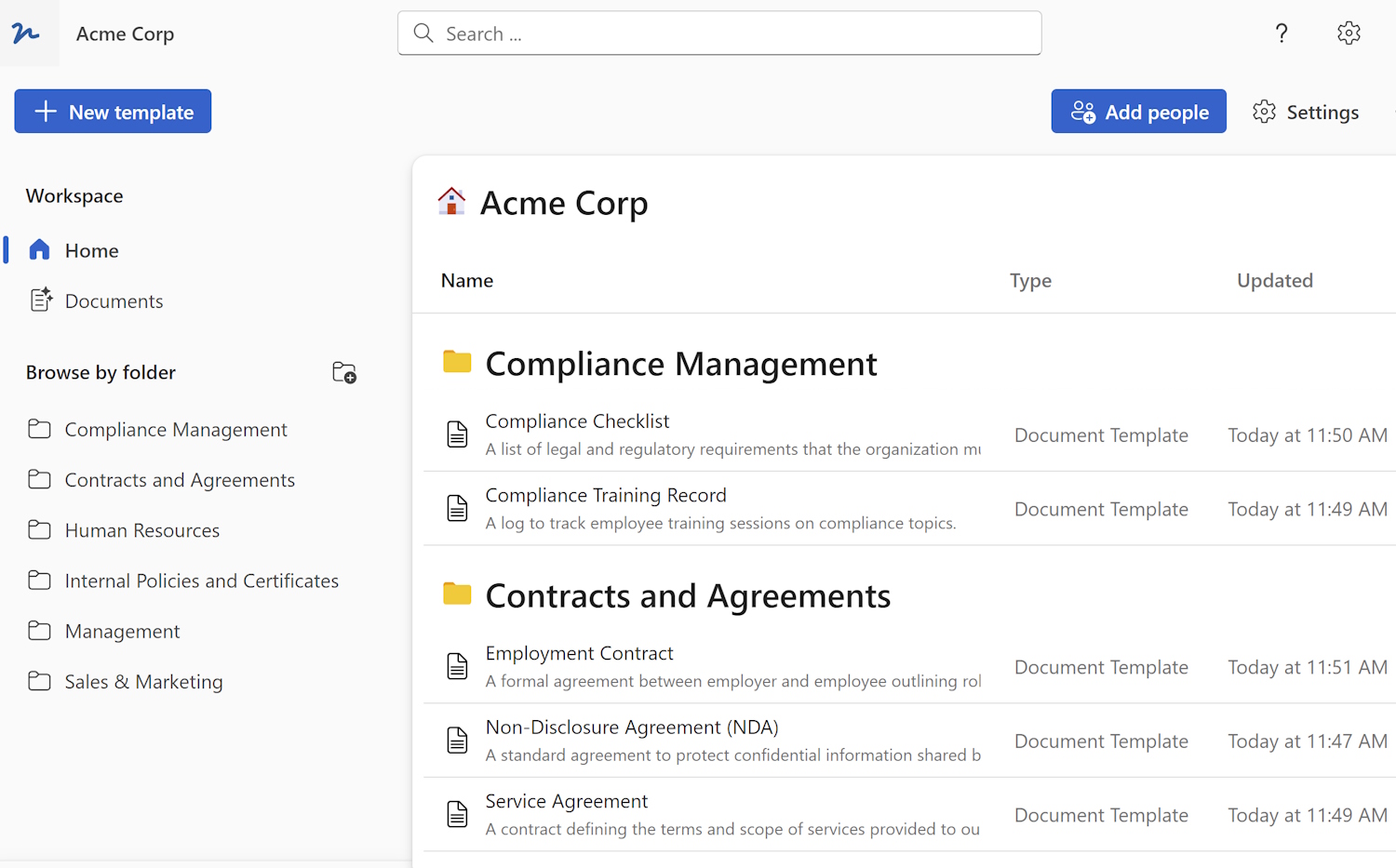
In the world of business and academia, the project proposal plays a crucial role in determining the success of a project. Whether you are a seasoned professional or a student embarking on your first big venture, learning how to write an effective project proposal is essential. In this article, we will explore the key elements of a project proposal, discuss the steps involved in writing one, and provide tips for creating a compelling proposal that will impress your audience. So, let’s dive in and master the art of crafting a winning project proposal!
What is a Project Proposal?
Before we delve into the intricacies of writing a project proposal, let’s start by understanding what it actually is. A project proposal is a document that outlines the details and objectives of a proposed project. It serves as a formal request to undertake a particular project and seeks approval from stakeholders. A well-written project proposal not only communicates the goals and deliverables of the project but also demonstrates the feasibility and benefits of its implementation.
Why are Project Proposals Important?
Project proposals are essential for several reasons. Firstly, they provide a structured approach to planning and executing a project. By clearly outlining the project’s scope, timeline, and resources required, a project proposal helps in efficient project management. Secondly, project proposals serve as a communication tool, ensuring that all stakeholders are on the same page regarding project objectives and expectations. Moreover, project proposals help in obtaining necessary funding and resources for the project, as they provide a clear justification for the investment.
Key Elements of a Project Proposal
To create an effective project proposal, it is important to include certain key elements. Here are the components that should be present in your proposal:
1. Executive Summary
The executive summary sets the tone for your project proposal. It provides a high-level overview of the project, highlighting its key objectives, deliverables, and expected outcomes. The executive summary should be concise, engaging, and compelling, as it is often the first section that stakeholders read.
2. Introduction
The introduction section should provide background information on the project. It should clearly state the problem or opportunity that the project aims to address. This section should also highlight the relevance and significance of the project in a broader context.
3. Project Objectives
In this section, clearly state the objectives of the project. Objectives should be specific, measurable, achievable, relevant, and time-bound (SMART). It is crucial to align the objectives with the problem statement and ensure that they are realistic and attainable.
4. Methodology
The methodology section outlines the approach and strategies that will be employed to achieve the project objectives. It should provide details on the activities, tasks, and timeline of the project. Additionally, the methodology should highlight the resources and tools that will be utilized throughout the project lifecycle.
5. Deliverables
Specify the deliverables of the project, i.e., the tangible outcomes that will be produced upon successful completion of the project. Deliverables can include reports, prototypes, software, or any other tangible products. It is important to clearly define the expected quality and format of the deliverables.
6. Budget and Resources
In this section, outline the budget required for the project. Include an itemized list of costs, such as personnel, equipment, materials, and any other expenses. Additionally, identify the resources that will be allocated to the project, including personnel, equipment, and facilities.
7. Evaluation Plan
Detail the evaluation plan for the project, which will determine how its success will be measured. Specify the key metrics and indicators that will be used to assess the project's progress and impact. Additionally, identify the evaluation methods and tools that will be employed.
8. Risk Management
Address the potential risks and challenges associated with the project. Identify the major risks, analyze their potential impact, and propose mitigation strategies. It is essential to demonstrate that you have considered potential obstacles and have plans in place to minimize their negative effects.
9. Conclusion
The conclusion section summarizes the main points of the proposal and reiterates the benefits and importance of the project. End on a positive note, emphasizing the potential impact and value of the proposed project.
Steps to Write a Project Proposal
Now that we understand the key elements of a project proposal, let’s walk through the steps involved in writing one:
Step 1: Research and Planning
Before you begin writing the project proposal, conduct thorough research on the topic and gather all the necessary information. Familiarize yourself with the project requirements, objectives, and constraints. Create a detailed project plan and timeline.
Step 2: Draft the Proposal
Start by writing the executive summary, as it provides an overview of the proposal. Then proceed to write the other sections, such as the introduction, project objectives, methodology, etc. Ensure that each section is clear, concise, and well-structured.
Step 3: Review and Revise
Once you have completed the initial draft, review and revise it multiple times. Check for grammatical errors, clarity of content, and overall coherence. Seek feedback from colleagues or mentors and incorporate their suggestions into the proposal.
Step 4: Proofread and Finalize
Before submitting the proposal, thoroughly proofread it to eliminate any spelling errors or typos. Ensure that the formatting is consistent throughout the document. Make the necessary adjustments and finalize the proposal.
Step 5: Submit and Follow Up
Submit the project proposal to the relevant stakeholders or decision-makers. Follow up to ensure that they have received the proposal and address any questions or concerns they may have. Maintain open communication throughout the evaluation process.
Project Proposal Template
Here is a template for your project proposal:
Project Title:
Project Proposal
1. Executive Summary:
Briefly explain what the project is, why it was initiated and the desired outcome.
2. Background and Project Rationale:
Provide information on what led to the inception of the project. Indicate the issues/problems that need to be addressed, its importance and the benefits of implementing the project.
3. Project Description:
3.1. Objectives: Clearly define the specific objectives or goals of the project.
3.2. Scope: Outline the key activities and what is to be achieved by the project.
3.3. Deliverables: Mention the expected tangible outcomes.
4. Project Implementation:
4.1. Methodology: Outline the plan/strategy for implementation and the methods to be employed.
4.2. Timeline: Provide a detailed project schedule indicating the commencement and end dates of each task or phase.
4.3. Roles and Responsibilities: Define the roles and responsibilities of each team member.
5. Resource Plan:
5.1. Manpower: Specify the resources (human) necessary to implement the project.
5.2. Material: List the physical resources required.
5.3. Budget: Provide an estimate of the project cost.
6. Risk Assessment and Management Strategy:
Identify potential risks/problems that may be encountered during the project, and propose strategies to mitigate or manage them.
7. Monitoring and Evaluation:
Describe how progress will be monitored and evaluated to ensure goals are being achieved, including key performance indicators (KPIs).
8. Approvals:
List the people who need to approve the project and those who will sign off on the project's completions, certifying that the deliverables have been met as per the desired expectations.
9. Conclusion:
Restate the important aspects of the project and why it should be approved.
10. Appendices:
Include any additional information such as charts, diagrams, detailed budget breakdown or references that support the project proposal.
Prepared By:
(Name and Title)
Date:
Approved By:
(Name and Title)
Date:
Tips for Crafting a Compelling Proposal
Creating a compelling project proposal requires careful consideration and attention to detail. Here are some tips to make your proposal stand out:
Know Your Audience: Tailor your proposal to the specific needs and interests of your target audience. Understand their priorities and address them in your proposal.
Use Visuals: Incorporate relevant visuals, such as charts, graphs, or diagrams, to enhance the readability and overall appeal of your proposal.
Keep it Concise: Avoid unnecessary jargon or technical language. Use clear and concise language to effectively communicate your ideas.
Demonstrate Expertise: Highlight your expertise and experience in the relevant field. Showcase your qualifications and track record of successful projects.
Show Benefits: Clearly articulate the benefits and potential impact of the project. Illustrate how it aligns with the goals and objectives of the organization or funding body.
Proofread Thoroughly: Ensure that your proposal is error-free and professional. Proofread it multiple times to eliminate any mistakes or inconsistencies.
Be Realistic: Set realistic expectations and avoid overpromising. Provide a timeline and budget that are feasible and achievable.
Customize Templates: While using templates can provide a starting point, customize them to suit the specific requirements of your project. Avoid generic or cookie-cutter proposals.
Now that you have a comprehensive understanding of project proposals and how to write them effectively, you are ready to embark on your own proposal writing journey. Remember, a well-crafted project proposal can significantly contribute to the success of your venture. So, put your best foot forward and start creating compelling and persuasive proposals that get the green light!
 WordFields
WordFields
